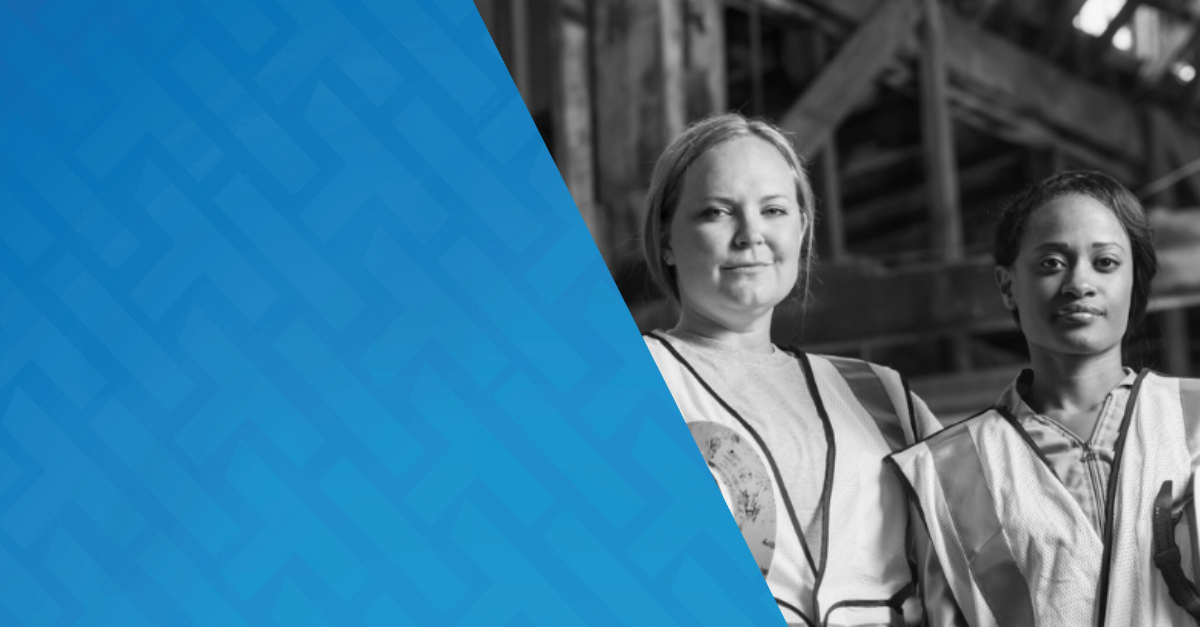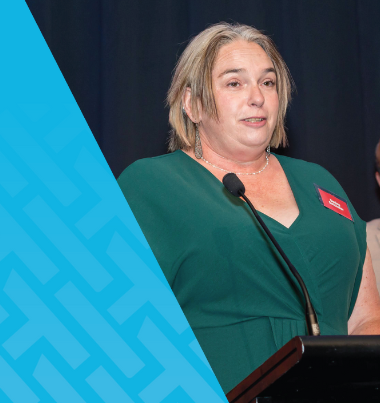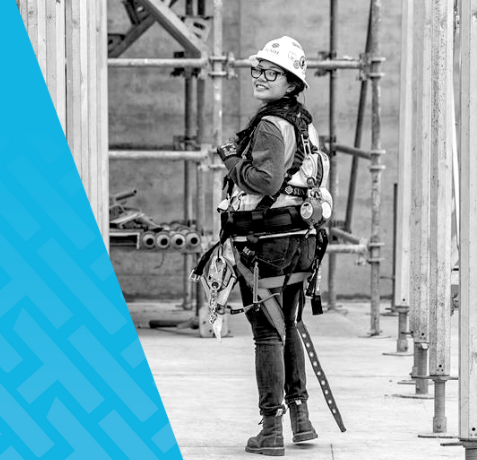It’s no secret the construction sector is one of the worst performing sectors for female representation worldwide.
Australian Government data shows women made up just 12 per cent of the country’s construction sector in 2018 – down from 14 per cent in 1998. Compare that to other key sectors like health care and social assistance where 79 per cent (2018) of all roles are filled by women – up from 77 per cent a decade before – and the picture is clear.
But are top-down quotas like those found under the Victoria’s upcoming Building Equality Policy (BEP) – which mandates the number of women working on publicly-funded construction projects – really the best way to boost the number of women in the sector?
HammerTech asked three women in the construction industry – two in Australia and one in the US – their thoughts.
Their views were far from universal…
Lagging gender parity
Construction is one of Australia’s largest industries, employing 8.7% of the Australian workforce. But only 12.4% of its workforce (323,791) are women.
According to the 2024 State of the Victorian Labour Market report, 143 occupations are in shortage across Victoria, with construction home to the highest number of skill gaps.
The Federal Government’s target of building 1.2 million homes by July 2029 has also been met with industry scepticism. Take the Urban Development Institute of Australia (UDIA), in its State of the Land Report 2024, that notes the 106,900 residences completed in 2023 – a 9% fall in just a year.
The UDIA said the supply of new housing in Australia’s capitals is also forecast to fall to 104,580 – dropping to 95,000 in 2025, before slumping 17% to 79,000 completions in 2026. That’s the lowest production of new builds in over a decade.
Quotas in Australia
The Building Equality Policy (BEP) came into effect in Victoria on 1 January 2022, with a two-year transition that was eventually extended until 1 July 2024. The law applies to any new government project valued at $20 million or more, and mandates female representation in at least:
- 3% of trade roles;
- 7% of non-trade positions;
- 35% of management, supervisor and specialist labour roles and;
- 4% of all apprentice and trainee labour hours
While Victoria is hedging bets that representation quotas will attract more women into construction, other states are taking a different approach.
New South Wales: Instead of quotas, the NSW Women in Construction state program outlines a target for women to occupy 15% of trade and non-traditional roles by 2030.
Queensland: While no government quotas or targets exist, there are project-based initiatives in the Sunshine State. Its National Association of Women in Construction chapter is also targeting female participation at 11% in frontline trade roles.
ACT: The government is working to establish the Women in Construction Procurement Policy, which includes proposed gender quotas for government-backed projects estimates at $5 million or more. The policy is expected soon and will:
- set targets for the number of women in different job categories;
- improve working conditions for women in construction and;
- encourage internal plans to achieve gender equality in the workplace
WA, Tasmania and the Northern Territory: No quotas or targets exist but limited gender diversity initiatives are underway.
The experts weigh-in
Amy Parker, HSEQ Manager at Plan Group, said the Melbourne-based builder was incredibly safety orientated which extends to psychological safety and inclusion. They have not relied on quotas to address help boost gender parity in Melbourne builder: “Do we mandate a number to tick a box? No. Do we re-educate and put frameworks and policies in place for best practice in gender equality? Yes, we do.”
Conversely, Melissa Pollock, General Manager of Health and Safety at Sydney-based Abergeldie Complex Infrastructure, sees value in quotas. “To generate change, we need quotas because it forces people into action,” she says.
“However, if we bring women in based on quotas, without ensuring we change the system to support them succeeding, we will ultimately fail.”
Beyond Australia, Carly Hayden, Senior Safety Manager at Columbia Construction in Massachusetts, says: “I can see the controversial side to quotas, but I can also appreciate how they can be a good thing.
“When it comes down to it, we need to hire qualified people. If those people happen to be women, fantastic. However, I do not agree on hiring someone just because they are a woman – to fulfill a quota.
Overall, I think this would do more harm than good. If I was a prospective employee and I knew about a female-related quota, I would second guess why I’m being hired. Would I be offered a role because they feel I’m best suited for the position or because of my gender?”




